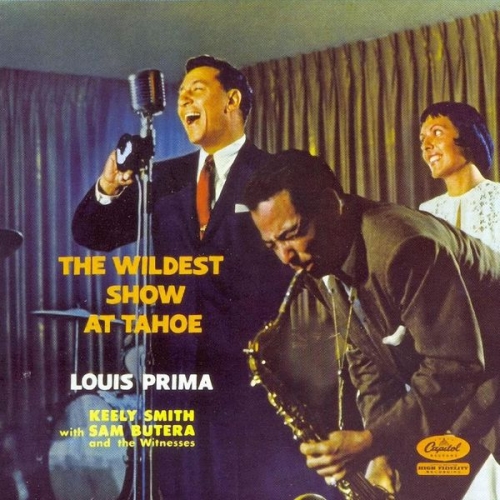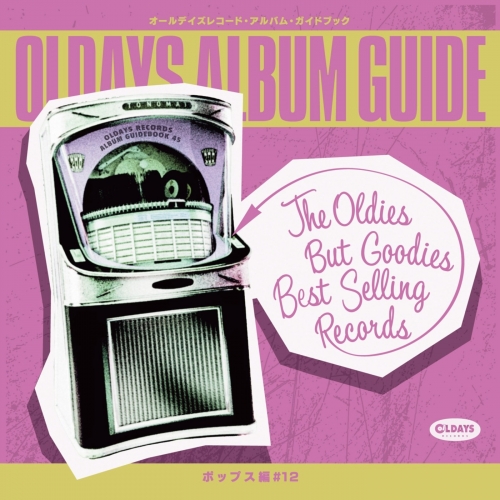The Byrds - Ballad Of Easy Rider (2012) [24bit FLAC]
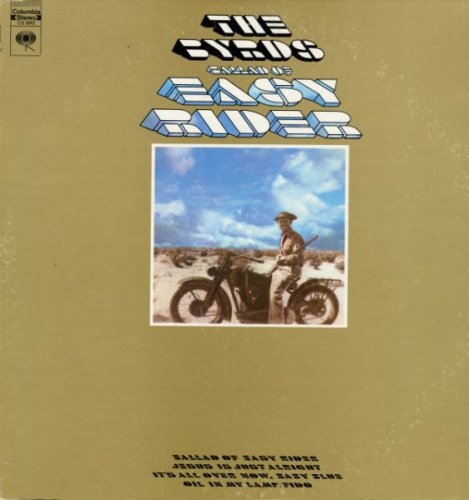
Artist: The Byrds
Title: Ballad Of Easy Rider
Year Of Release: 1969 / 1997 / 2012
Label: Columbia/Legacy / Friday Music – FRM-9942 / Vinyl, LP
Genre: Psychedelic Rock, Folk Rock
Quality: FLAC (tracks+.cue,log) / FLAC (tracks) 24bit-96kHz
Total Time: 33:23
Total Size: 205 / 698 Mb
WebSite: Album Preview
Tracklist: Title: Ballad Of Easy Rider
Year Of Release: 1969 / 1997 / 2012
Label: Columbia/Legacy / Friday Music – FRM-9942 / Vinyl, LP
Genre: Psychedelic Rock, Folk Rock
Quality: FLAC (tracks+.cue,log) / FLAC (tracks) 24bit-96kHz
Total Time: 33:23
Total Size: 205 / 698 Mb
WebSite: Album Preview
01. Ballad of Easy Rider (2:04)
02. Fido (2:40)
03. Oil In My Lamp (3:13)
04. Tulsa County (2:49)
05. Jack Tarr the Sailor (3:31)
06. Jesus Is Just Alright (2:10)
07. It'S All Over Now, Baby Blue (4:53)
08. There Must Be Someone (3:29)
09. Gunga Din (3:03)
10. Deportee (Plane Wreck at Los Gatos) (3:50)
11. Armstrong, Aldrin and Collins (1:41)
The Byrds’ place in the pantheon of rock greats is assured given their influence on folk rock, psychedelic rock and with ‘Sweetheart Of The Rodeo’ country rock and subsequently americana. However, this very brief summary ignores completely the Roger McGuinn incarnation of the Byrds which he convened after ‘Sweetheart’ and Chris Hillman’s and Gram Parson’s subsequent departure to form the Flying Burrito Brothers leaving McGuinn as the last original member. The success of the original Byrds was due to the varied influences and talents of the original members Roger McGuinn, David Crosby, Gene Clark, Chris Hillman and Michael Clarke and McGuinn wanted to rebuild the Byrds as an instrumentally proficient unit with his signature guitar sound and the country-influenced sounds of emerging guitar hero Clarence White, who had already changed the course of bluegrass with his acoustic guitar playing and was now beginning to do the same for country and rock music with his innovative electric guitar playing. In one of his final acts with the Byrds, Chris Hillman was key to Clarence White joining as a full-time member after playing on various earlier Byrd’s albums when he recommended that White should be asked to join the band. His logic was that White’s technical skills meant he could continue the new country rock direction and also play the more psychedelic older material and McGuinn was in full and eager agreement. Once he was a member of the Byrds, White lobbied for his old Nashville West friend and drummer Gene Parsons to replace ‘Sweetheart’ drummer Kevin Kelley and when Hillman himself jumped ship, McGuinn recruited session musician John York on bass who was replaced in 1970 by Skip Battin.
McGuinn may have got himself a new version of the Byrds, but life was not going to be easy particularly with the late ‘60s practice of record companies requiring bands to deliver a new album every 6 months or so. Furthermore, despite its now legendary status, ‘Sweetheart Of The Rodeo’ was not particularly successful when it was released and Roger McGuinn was not fully supportive of the move to country rock having originally planned for the album to be a history of 20th century American music, with country being simply only part of this narrative. ‘Sweetheart’ was followed by ‘Dr. Byrds & Mr. Hyde’ and the music reflected the implied schizophrenia in its title and included country rock, psychedelia and folk rock which was, while eclectic, a typical Byrds mix. It is the only Byrds album that features Roger McGuinn on lead vocals on every track which was a deliberate attempt to forge a link with the Byrds’ legacy. Despite positive reviews, ‘Dr. Byrds & Mr. Hyde’ was even less successful than ‘Sweetheart’ with the band blaming Columbia and Bob Dylan producer Bob Johnson’s production of the album. The record has one other claim to fame, being the first time Clarence White used his and Gene Parson’s B-Bender device, which allowed electric guitarists to simulate the sound of a pedal steel guitar, on a Byrds’ record and it subsequently became a key part of their latter-day sound. McGuinn was so enamoured with White’s guitar playing that during live performances he would sometimes hold back on his own playing to give White the guitar spotlight.
‘Dr. Byrds And Mr. Hyde’ was released in March 1969 and the Byrds were back in the studio in June to record a follow-up and unfortunately lead Byrd Roger McGuinn’s song cupboard was bare. McGuinn, despite his trademark sound and arranging abilities, was never a prolific songwriter and he was at the time also writing songs with future Dylan collaborator, Jacques Levy, for a country-rock stage production of Henrik Ibsen’s ‘Peer Gynt’ called ‘Gene Tryp’. What could have been a real problem for what was still ostensibly a new band, the lack of McGuinn originals allowed the new record to more fully reflect all the band members, not just McGuinn and the historical Byrds’ sound. While at the time the Byrds were struggling with their album sales, they were making strides as a live attraction fulfilling Chris Hillman’s original idea of having a band who could play the old and new Byrds material featuring Clarence White’s virtuoso guitar.
McGuinn may have got himself a new version of the Byrds, but life was not going to be easy particularly with the late ‘60s practice of record companies requiring bands to deliver a new album every 6 months or so. Furthermore, despite its now legendary status, ‘Sweetheart Of The Rodeo’ was not particularly successful when it was released and Roger McGuinn was not fully supportive of the move to country rock having originally planned for the album to be a history of 20th century American music, with country being simply only part of this narrative. ‘Sweetheart’ was followed by ‘Dr. Byrds & Mr. Hyde’ and the music reflected the implied schizophrenia in its title and included country rock, psychedelia and folk rock which was, while eclectic, a typical Byrds mix. It is the only Byrds album that features Roger McGuinn on lead vocals on every track which was a deliberate attempt to forge a link with the Byrds’ legacy. Despite positive reviews, ‘Dr. Byrds & Mr. Hyde’ was even less successful than ‘Sweetheart’ with the band blaming Columbia and Bob Dylan producer Bob Johnson’s production of the album. The record has one other claim to fame, being the first time Clarence White used his and Gene Parson’s B-Bender device, which allowed electric guitarists to simulate the sound of a pedal steel guitar, on a Byrds’ record and it subsequently became a key part of their latter-day sound. McGuinn was so enamoured with White’s guitar playing that during live performances he would sometimes hold back on his own playing to give White the guitar spotlight.
‘Dr. Byrds And Mr. Hyde’ was released in March 1969 and the Byrds were back in the studio in June to record a follow-up and unfortunately lead Byrd Roger McGuinn’s song cupboard was bare. McGuinn, despite his trademark sound and arranging abilities, was never a prolific songwriter and he was at the time also writing songs with future Dylan collaborator, Jacques Levy, for a country-rock stage production of Henrik Ibsen’s ‘Peer Gynt’ called ‘Gene Tryp’. What could have been a real problem for what was still ostensibly a new band, the lack of McGuinn originals allowed the new record to more fully reflect all the band members, not just McGuinn and the historical Byrds’ sound. While at the time the Byrds were struggling with their album sales, they were making strides as a live attraction fulfilling Chris Hillman’s original idea of having a band who could play the old and new Byrds material featuring Clarence White’s virtuoso guitar.
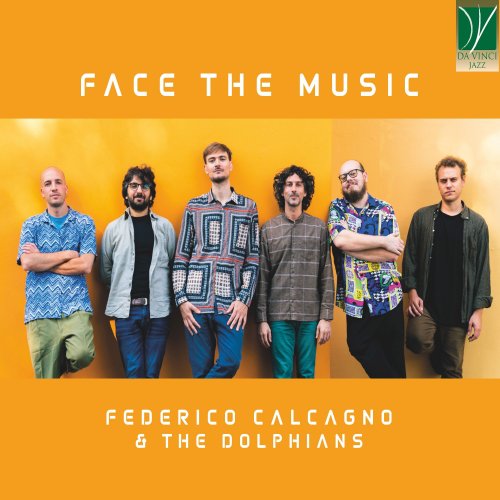

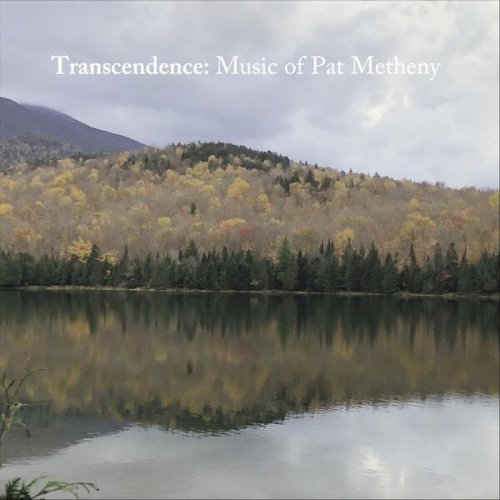
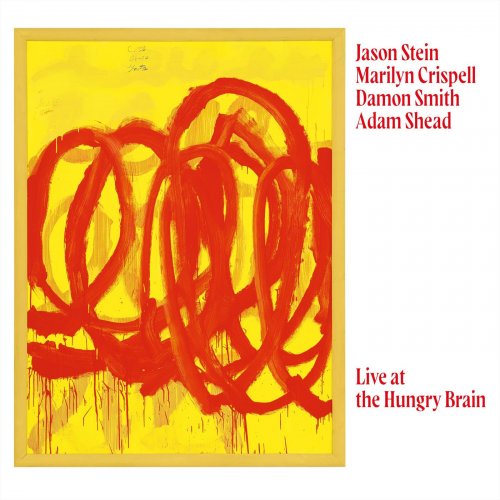
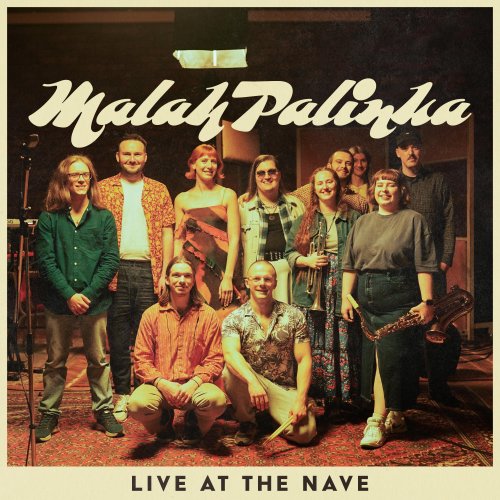
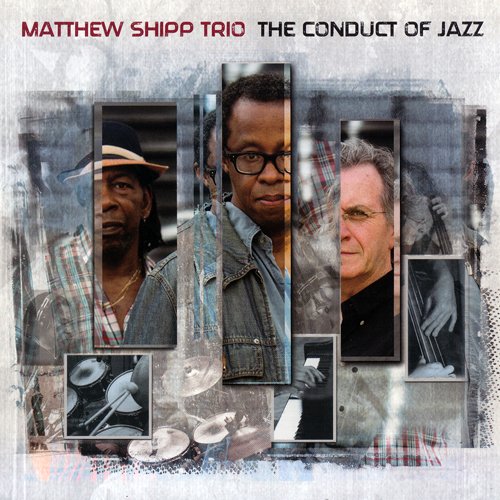
![Sebastian Rochford & Finding Ways - Finding Ways (2025) [Hi-Res] Sebastian Rochford & Finding Ways - Finding Ways (2025) [Hi-Res]](https://www.dibpic.com/uploads/posts/2025-11/1762188664_cover.jpg)
